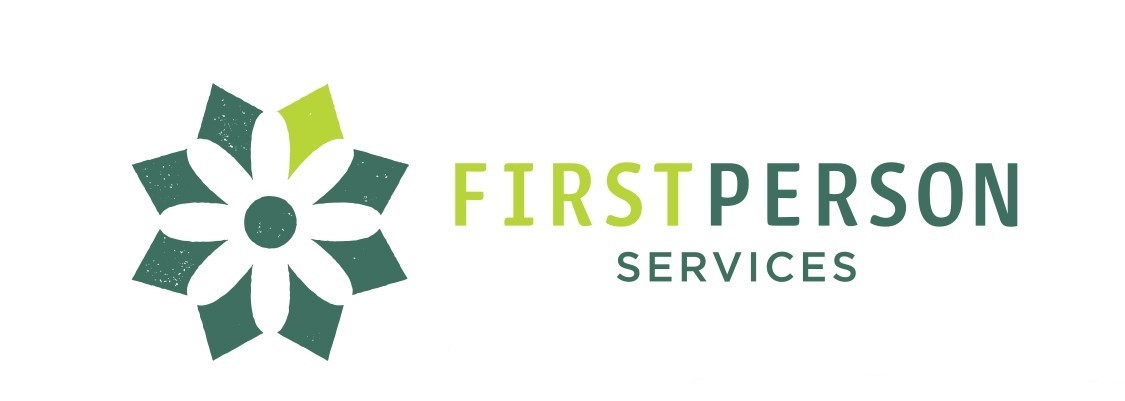Parents of a child with a disability or special health-care needs dedicate much of their lives to making sure that important things are taken care of. Things like doctor’s appointments, therapy, food, clothing, school and daily care routines.
Person-centered thinking offers ways to approach the things that are important in the life of your child. It applies to how care routines are set up, finding activities that bring them joy as well as choosing medical treatments and making decisions around school.
Learning about person-centered thinking forms a foundation for better person-centered plans and can bring you, as a parent, into the process.
Firstperson Services presented a webinar on this topic. Find it here in the archive.
What is Person-Centered Thinking?
When making decision or plans that effect your child, person-centered thinking provides ways to put your child at the forefront. It’s a way of supporting your child so that they have as much power as they can to decide things for themselves. This is called self-determination.
Person-centered thinking has 3 parts:
- Learning what’s important TO your child.
- Listing out what’s important FOR your child.
- Balancing these 2 things so your child can have a better life.
Things that are important TO your child make them feel happy or fulfilled in their life. These might be:
- Getting their sensory needs met (like having the right texture of clothing, noise levels, or lighting).
- Eating food that tastes good or has the right texture for them.
- Feeling comfortable.
- Having fun.
- Having friends.
Things that are important FOR your child keep them happy and safe. Here are some examples:
- Getting their medical needs taken care of.
- Practicing good daily care.
- Eating foods that are good for them.
- Learning social skills.
- Getting the right accommodations or modifications at school.
During those times when your child starts acting out or refuses to participate in those things that you know are important, you can often find that something about the “important to” and “important for” has been thrown out of balance.
There are also some tools to support your child that you might create using person-centered thinking:
- A person-centered plan is the main tool families usually create.
- A map of the people in your child’s life, also called a relationship map, shows how close people are to your child, why they are important people, and how they relate to each other.
- A communications chart that lists some of your child’s behaviors, what those behaviors usually tell you, and how you or another caregiver can respond. http://trainingpack.personcentredplanning.eu/index.php/en/person-centred-thinking-tools/communication-tool
- A one-page description of what people like and admire about your child, what is import to them and the best way to support them.
Person-centered thinking may be a new way for you to explore what’s happening in the life of your child. The exercises described here can be viewed as skills. Many parents have found that, through practicing them and advocating for their use by those who spend time supporting their child, they are better able to create and direct valuable care plans that lead to positive control in the lives that they choose.
